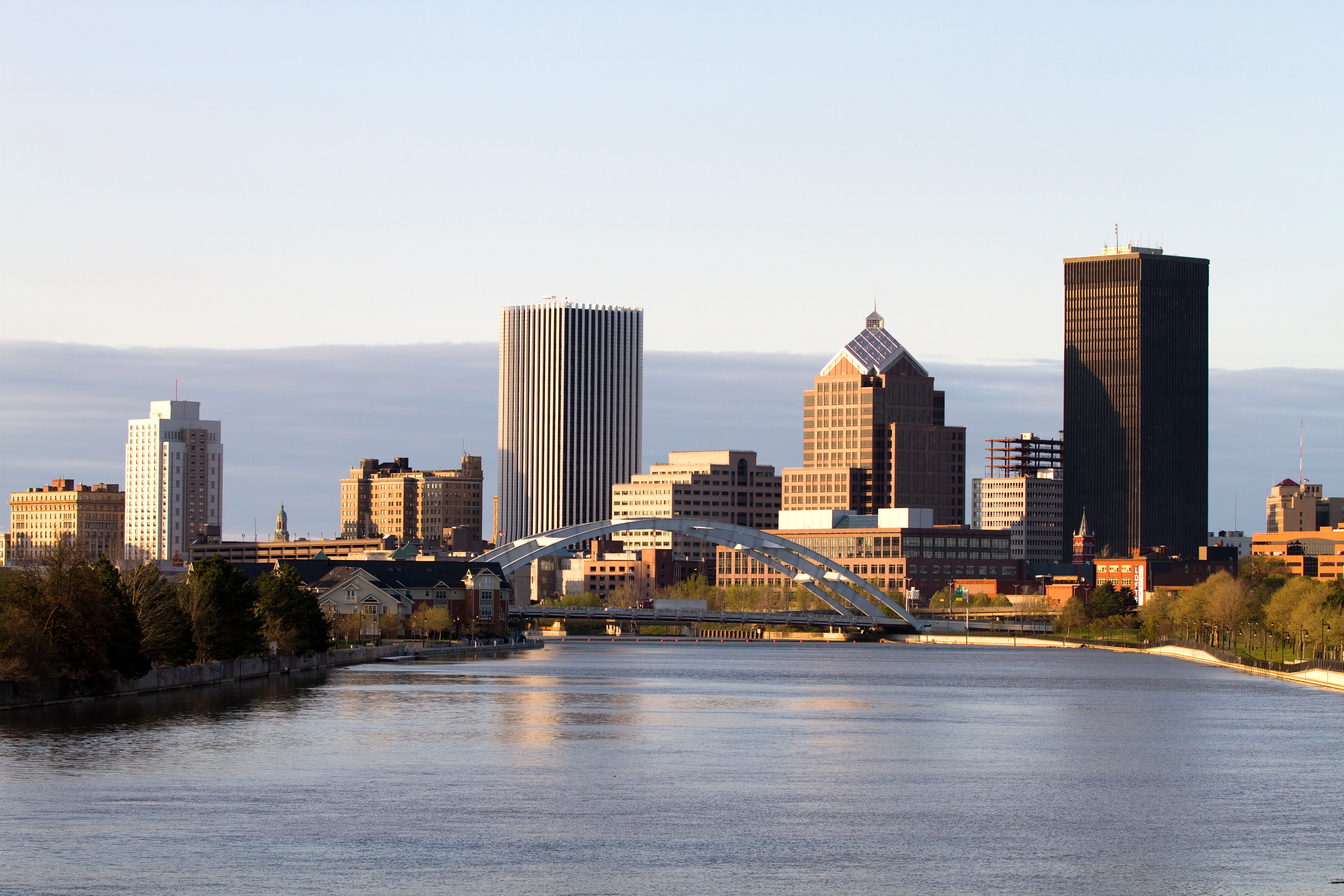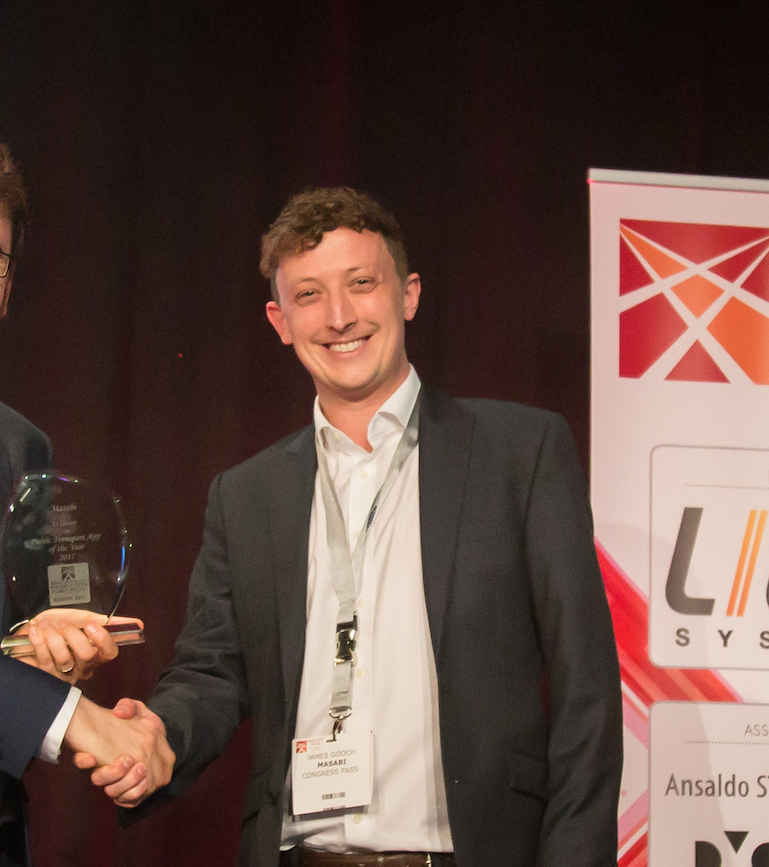With its population of 1.5 million sprawling across nine different counties and high rates of car-less families, Rochester, NY is uniquely positioned to maximize an investment in its public transportation infrastructure.
Thanks to Governor Cuomo’s recent grant of $10 million in funding to the Rochester-Genesee Regional Transportation Authority (RGRTA), the agency can implement its ambitious plans for an innovative system that reaches more residents - spurring economic growth and improving quality of life. To achieve these goals, Rochester should start with easy, visible fixes, like deploying user friendly innovation via a data-first approach and increasing transit access to improve the customer experience.
Rochester’s new Sunday and holiday bus service is definitely a step in the right direction, but the RGRTA can also prioritize expansion of the bus fleet to meet the needs of commuters. Even local advocates agree that deploying additional buses should be addressed with the new funding. More buses - Rochester’s main mode of public transit - will give the transit authority the capability to extend routes and reduce the gaps between arrival times, tailoring the system to different work schedules and job locations. Transit planner Bryan Law’s proposed five-year plan for fleet expansions lays out a bold plan to accomplish this end and should be prioritized.
In addition to increasing weekend and holiday bus services, Rochester has made another key first step toward a better transit system through its open data policy. By opening its data to third parties, Rochester has engaged the private sector to develop innovative solutions like transit tracking, planning and mapping apps. Open data is the gateway to innovation because it fosters an environment that encourages creative solutions - leading to new technologies that address issues, rather than just meet specifications.
It’s still possible for Rochester take its open data concept a step further by putting the data in a public portal that makes the information more conveniently available for third party developers. This will make it even easier for innovators to work with the city’s data to create new solutions. Cities like Boston, who hosted a competition for innovators this year to highlight its new data portal, have put initiatives to create real-time data portals in motion already and serve as an example of what Rochester should strive towards.
Another benefit of facilitating private sector innovation is that innovators can team together to offer best-of-breed solutions for the city. Deeplinking - interconnecting apps - allows multiple apps to offer a seamless experience for the user and enables relevant information to be pulled through from app to app to make the experience quicker and more convenient for riders. Rochester’s new ride-sharing and bike-sharing plans would benefit from this practice, as deeplinking would allow riders to use multiple apps simultaneously before and during their commute. An example would be linking journey planning apps directly with bike-sharing apps, allowing users to easily plan their journey and then bring that journey information through to the bike-sharing app to reserve a bike from the best location based on their journey and then seamlessly link back to access journey information to the nearest transit hub to complete their commute.
Riders are already comfortable with and want to use their mobile phones to do all manner of everyday tasks - accessing and riding public transit is no different. Integrating transit services for an enhanced rider experience can be achieved via the use of SDKs. For example, mobile ticketing technology can be directly integrated into trip-planning apps for a seamless travel experience. This level of rider convenience is sure to increase passenger use of public transit in Rochester, as people who use trip-planning apps are able to get on board a transit service and pay for their ticket faster and more conveniently than ever before, all from the app they already use to move around.
To encourage this level of innovation, Rochester should allow best-in-breed innovators the chance to propose their most innovative solutions to the city. Outcome-based procurement is potentially the optimal procurement method for the way in which software is now delivered and regularly updated from the cloud. Instead of creating a rigid set of criteria, it allows for innovators to submit solutions that meet the city’s stated objectives. It’s a cost effective and dynamic tactic that will ensure that the citizens of Rochester have access to the best transit technology, even as the definition of “best” evolves with time.
For instance, Rochester’s current Tap & Go! RTS Fast Pass might not be the best form of fare collection for all passengers of RGRTA in the future. While fast passes reduce boarding times, riders still need to purchase a new ticket at a kiosk each time a pass expires or the balance has been exhausted. With outcome based procurement, the city could solicit proposals for next generation fare collection without anchoring themselves to a legacy system. The city’s desire for a mobile ticketing solution could benefit from this creative solution. Customers would be able to purchase tickets quickly and directly from their smartphone - reducing cumbersome cash handling and eliminating hefty kiosk maintenance expenses.
Overall, Rochester is in a great position to create a smarter, more convenient public transportation system. Focusing on increasing transit access, facilitating innovation, and enhancing the customer experience is a laudable framework for how to achieve Rochester’s goals. Expanding the bus fleet, adopting an outcome-based procurement model and implementing innovative solutions like mobile ticketing can serve to create an even better transit ecosystem for citizens and visitors alike.


